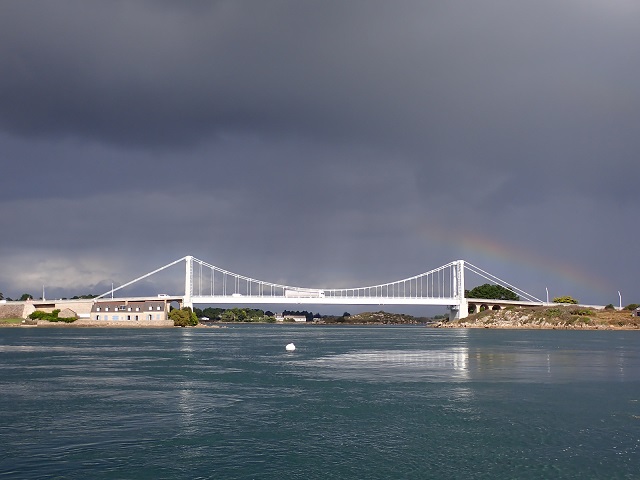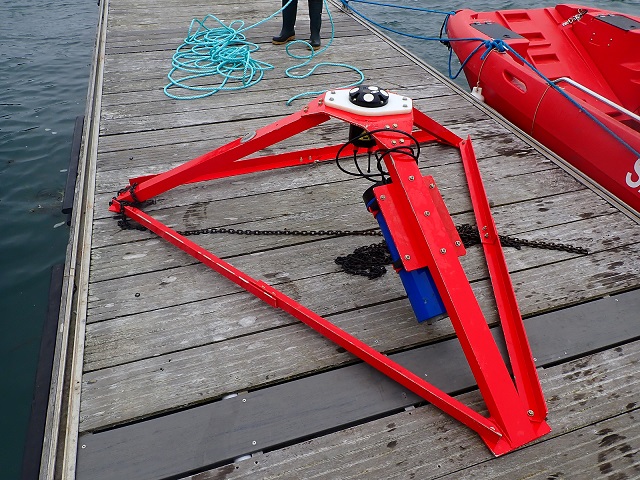The ELEMENT consortium has kept activity on track throughout 2020 and has reached some crucial milestones in developing the control system, furthering socio-economic and environmental research and preparing for the first trials of the ELEMENT system next year.
TECHNOLOGICAL DEVELOPMENT
Nova Innovation has progressed the design for the ELEMENT test system, having identified the rotor design, additional instrumentation and the turbine drives that will be needed. Wood will review the test plan over the coming months to ensure it meets the project’s verification requirements.
The electrical system design concept has also been agreed for the tow and estuary testing using equipment from partner ABB. The team has devised a microgrid that will use battery storage, eliminating the need for a cable back to shore as originally planned. This innovation helps to minimise diesel generation at the site.
The University of Strathclyde has now completed the initial behavioural model design, developed a test framework and validated the model. Using learnings from this initial testing, they are now working on the development of the advanced behavioural model, while continuing to refine and validate the test framework.
ENFAIT MILESTONES RELEVANT TO ELEMENT
The ENFAIT (Enabling Future Arrays in Tidal) project, which is likewise led by Nova Innovation and funded by the EU’s H2020 fund, reached a significant milestone this year too. The fourth turbine (of six) was deployed at the Shetland Tidal Array.
This turbine combines a host of new design features and adaptations that have been fuelled by the research and technology innovation work packages of the EnFAIT project. Crucially, the new design offers significant performance and efficiency benefits compared to previous models and will be the testbed for the ELEMENT control system.
PREPARATION FOR ESTUARY TESTING
In May, France Énergies Marines published their interim environmental report that is now informing system design and plans for turbine deployment in France. In September, they installed an Acoustic Doppler Current Profiler (ADCP) in the Étel estuary with support from Chantier Bretagne Sud. The profiler has measured the tidal resource, flow turbulence and other environmental conditions at the site ahead of turbine installation next year.
Monitoring of conditions, ambient noise and biofouling will continue throughout 2021. A final public report on environmental impact will be publicly available in May 2022.



SOCIO-ECONOMIC ANALYSIS
IDETA continues to develop analysis of the socio-economic impact of tidal energy for the local and regional economy in Étel, using learnings from the Shetland site. Their report will be available in the second quarter of next year.
INNOSEA has developed a list of criteria for qualitative assessment of shore, estuary and river sites for tidal energy, as well as identifying ten sites in France for assessment. In January, they are organising a workshop to estimate the local content potential, sources of capital and potential benefits to local communities of tidal energy installations.
WEBINARS
In October, ORE Catapult hosted a webinar focussed upon the technological innovations planned under the ELEMENT project and progress to date. Audrey Bowie and John Walker from the Catapult were joined by Nova Innovation’s Colin Walker and Dr Hong Yue from the University of Strathclyde.
The next webinar will be on February 11th, 2021 and will bring together speakers from France Énergies Marines, IDETA, Nova Innovation and ORE Catapult to discuss the socio-economic work packages that aim to build-buy-in for tidal energy across the European continent. Registration will open soon!


